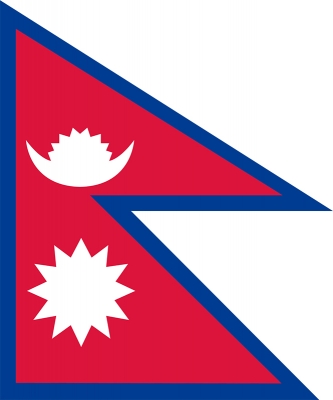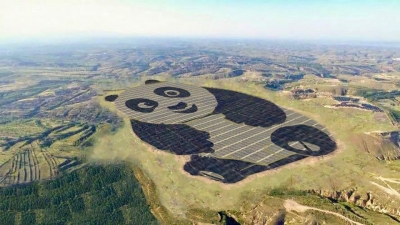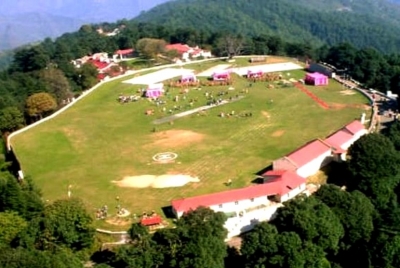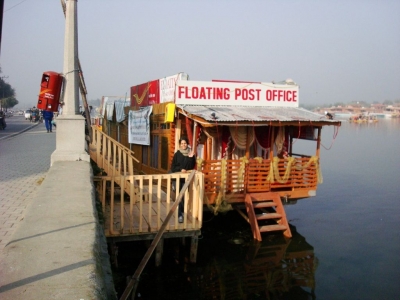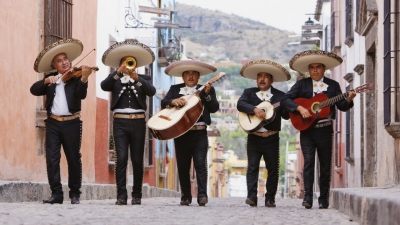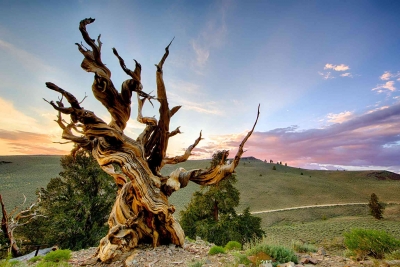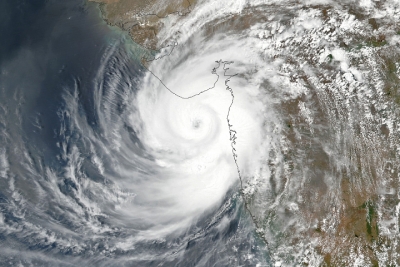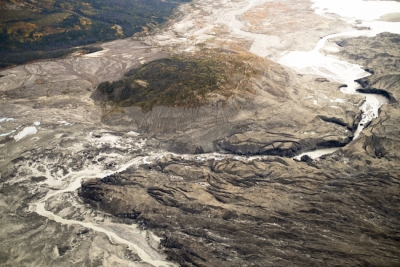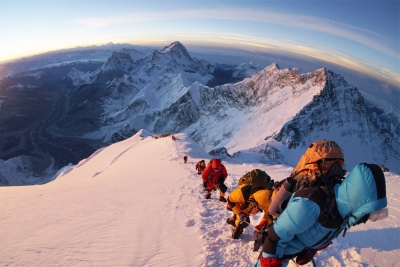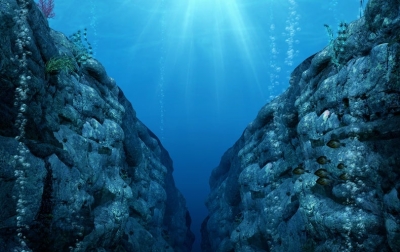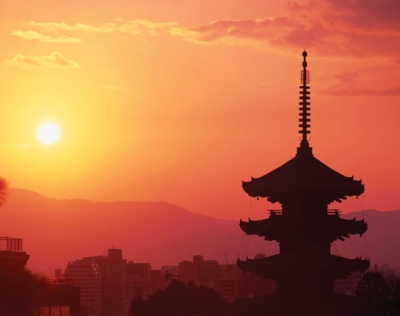
Known as "the Land of the Rising Sun", Arunachal Pradesh constitutes the mountainous area in the extreme northeastern part of the country and is bordered by Bhutan to the west, the Tibet Autonomous Region of China to the north, Myanmar and Nagaland to the south and southeast, and Assam to the south and southwest. The capital of the State is Itanagar.
It has long been recognized as part of the Indian subcontinent, receiving mention in such ancient Hindu literature as the Kalika-purana and the epic poems Mahabharata and Ramayana. Formerly known as the North East Frontier Agency (from the British colonial era), the area was part of Assam until it was made a Union Territory on 20 January, 1972. In 1987, it became an Indian State. Surprising as it may sound, Hindi is the lingua franca (common language) of Arunachal. The state bird of Arunachal is the Hornbill. Some of the major tribes like Nyishi wear hornbill hats at traditional rites and rituals and weddings.
Land
Most of Arunachal Pradesh's terrain consists of deep valleys flanked by highland plateaus and ridges that rise to the peaks of the Himalayas. The State encompasses three broad physiographic regions. Farthest south is a series of foothills, similar in type to the Siwalik Range (a narrow sub-Himalayan belt stretching across much of the northern part of India that ascends from the Assam plains to elevations of 1,000 to 3,300 feet). These hills rise rapidly northward to the Lesser Himalayas, where some ridges and spurs reach 10,000 feet. Farther north, along the Tibetan border, lie the main ranges of the Great Himalayas, where Kangto, the highest peak in the State, dominates the landscape, reaching about 23,260 feet.
People of Arunachal
Arunachal Pradesh is home to dozens of distinct ethnic groups, most of which are in some way related to the peoples of Tibet and the hill region of western Myanmar. More than two-thirds of the people are designated officially as Scheduled Tribes. In western Arunachal the Nissi (Nyishi or Dafla), Sherdukpen, Aka, Monpa, ApaTani, and Hill Miri are the main tribes.
The Adi, constituting the largest tribal group in the State, live in the centralregion. The Mishmi inhabit the northeastern hills, and the Wancho, Nocte, and Tangsa are concentrated in the southeastern district of Tirap. The Wanchos inhabit the Patkai hills of Longding District. They have a population of 35,000. Culturally Naga, they are ethnically related to the Nocte and Konyak Naga of the Mon and Tirap districts.
Most tribes generally share similar rural lifestyles and occupations; many are farmers who supplement their diet by hunting, fishing, and gathering forest products. Other than the Scheduled Tribes, much of the rest of the population consists of immigrants from Bangladesh, from Assam, Nagaland, and other States.
The art of weaving is especially important, and textile designs are unique to each group. The tribal groups speak about 50 languages and dialects, most belonging to the Tibeto-Burman branch of the Sino Tibetan language family. They are often mutually unintelligible; Hindi and English are highly used in the region. Each of the tribes follows its own social, cultural, and religious practices, and most are endogamous (marrying within the group).
Arunachal Pradesh has the lowest population density of any State in India. Most of the populace is concentrated in the low-lying valleys, with the hill peoples living in scattered upland communities. There are no cities and fewer than two dozen towns. Itanagar, in the southwest, is the state's largest town.
Plants and animal life
The State's diverse terrain, climate, and soils are reflected in its fauna and flora. About two thirds of the State is forested, with a wide belt of swampy rainforest lying along the foothills. Forests of tropical evergreens and subtropical pines (as well as subtropical mixed broad-leaved and pine forests) are found in lower elevations. As elevation increases, the woodlands give way to mixed and coniferous temperate forests.
Animal life includes tigers, snow leopards, elephants, wild buffalo, goral goats, species of deer, and primates such as gibbons, slow lorises, macaques, and capped langurs. Animals found at higher elevations include bharals (wild sheep), black bears, and red pandas. The rare musk deer and takin also are found. Arunachal has also plenty of fish, varieties of snakes, and many species of birds.
Agriculture and forestry
More than half of the population of the State is engaged in agriculture. Although settled agriculture, including wet-rice farming, has now expanded considerably, many still practise shifting agriculture (jhum), whereby the land is cleared by burning the vegetation, is cultivated for several years, and then abandoned in favour of another site. Rice, corn (maize), millet, and buckwheat are among the main crops grown by this method. Major commercial crops include oilseeds, potatoes, ginger, sugarcane, and vegetables.
Resources and power
Arunachal has significant, though largely unutilized, resource potential. Among its resources for generating energy are rivers, coal and petroleum; most of the State's power is provided by hydroelectric plants. In addition to hydrocarbons, other mineral resources of the State include dolomite, quartzite, limestone and marble. Efforts are now being made to expand hydroelectric and solar power generation.
The State's manufacturing sector consists primarily of medium-and small-scale industries. Basketry, weaving, and carpets are the main handicraft manufactures. Smaller-scale industries include rice and vegetable-oil milling, fruit processing, the manufacture of forest-based products, and steel fabrication. Sericulture (raw silk production) also is important, and the State produces many varieties of silk yarns.
Transportation and Telecommunications
The State's rugged terrain makes transport and communications extremely difficult. With few paved roads and with no railways, for long time, Arunachal's links with the rest of India are limited. Most of the major transportation centres serving Arunachal are in the neighbouring State of Assam: the nearest airport, near Lilabari, and the nearest railway station is in Harmoti. In 2014, a railway line was opened between Harmoti and Naharlagun. There are regular bus services from Itanagar to Guwahati, Tezpur, Dibrugarh, Tinsukia, Jorhat in Assam, and to Shillong in Meghalaya.
Telecommunications were largely undeveloped in the state, with landline telephone service limited mainly to the larger towns. Greater efforts have been made in expanding mobile service into the remote mountain areas. Internet access, although still fairly limited, has also increased now.
Constitutional framework
Arunachal Pradesh is a constituent unit of India, and, as such, the structure of its government, like that of most Indian states, is defined by the national constitution of 1950. The governor, appointed by the President of India, is the head of State and is assisted by an elected Chief Minister, Council of Ministers, and a unicameral Legislative Assembly.
Arunachal falls under the jurisdiction of the High Court of Guwahati, Assam. To handle cases from Arunachal Pradesh more effectively, a permanent Bench of the Guwahati High Court has been established in Itanagar, with a Chief Justice appointed by the Chief Justice of Assam.
Education
Despite the presence of numerous primary, middle, and secondary schools, the literacy rate in Arunachal Pradesh continues to rank among the lowest in India even in the early 21st century. There are a number of post secondary institutions, including Arunachal University at Itanagar, which was founded in 1984. Arunachal has specialized colleges focusing on such fields as education, engineering, industry, and forestry and agriculture.
The Catholic Education in Arunachal, for the past 25 years, records nearly 20,000 students studying in its 46 schools. Catholic education has reached Tirap, Changlang and Longding districts having 31 of the 46 schools. Changlang has maximum schools with 11 NES run schools and Tirap and Longding has 10 schools each. Lohit District has six schools, Namsai District has five and Lower Dibang Valley District has four. Lohit District has six schools, and Namsai District has five schools.
Institutions
Arunachal Pradesh has an array of notable cultural institutions, which together underscore the State's religious and cultural diversity. The state museum, which houses an ethnographic collection consisting of local archaeological finds, musical instruments, weavings, carvings, and other examples of material culture, is located in Itanagar. Situated there also are the Governor's Bungalow and a picturesque Buddhist temple. The northwestern extremity of Arunachal is famous for its 17th century Mahayana Buddhist Monastery with gold-lettered Buddhist scriptures. Parasuramkund, on the Lohit River in the State's eastern region, is a place of Hindu pilgrimage.
Festivals/Dances
The festival seasons are simply the best time to visit Arunachal as one has the opportunity to learn more about its cultural diversity. There are many agricultural, religious and socio-cultural festivals where people dance, sing, pray, express gratitude and make merry as a community. Some of its most popular festivals are Siang River Festival, Pangsau Pass Winter Festival, Ziro Festival of Music, Solung, Nyokum, Losar Festival, and Dree Festival.
Dances are an integral part of Arunachal's community life. Losar, Mopin, and Solung are major tribal festivals. Some of the important festivals of the State are: Mopin and Solung of the Adis, Lossar of the Monpas and Boori boot of the Hill Miris, Sherdukpens, Dree of the Apatanis, Si-Donyi of the Tagins, Reh of the ldu-Mishmis, Nyokum of the Nyishis, etc.
The biggest festival of the Nyishi tribe is Nyokum, celebrated on 26-28 February, every year. The word 'Nyokum' is a combination of the words Nyok which means 'land' and kum means 'togetherness', and during the festivals days all the gods and goddesses of the Universe are invited and invoked.
Places of tourist interest
Arunachal Pradesh offers numerous parks, gardens, wildlife sanctuaries, and other natural settings for outdoor recreation. Bhalukpong and Tippi, both in the southwest, and Bomdila all are noted for their abundant flora, especially orchids. Namdapha National Park, near Dibrugarh, has a wildlife sanctuary inhabited by tigers and leopards. In Naharlagun, the botanical garden at Polo Park sits atop a ridge overlooking the town.
Interesting facts about Arunachal Pradesh
1. Dong Valley, situated at an elevation of 1,240 metres, is the first to receive sunrise in the country.
2. In the Asian subcontinent, Arunachal is the only region inhabited by 26 major tribes and over 100 sub-tribes. It is the most linguistically-enriched region, with over 30 languages spoken.
3. Tawang Monastery in Tawang district is the largest monastery in India.
4. With a wide variety of mammals and nearly 200 species, Arunachal Pradesh is a Botanist Paradise.
5. Young innovator of the State, Anang Tadar, received the National Grassroots Innovator Award for his innovation 'Smart Goggle for the Blind'. The award was presented to him by President Ram Nath Kovind during the Festival of Innovation and Entrepreneurship 2019 at NIF Complex, Gandhi Nagar in Gujarat. Tadar invented a unique pair of goggles that uses ultrasound and infrared sensors to help the visually impaired detect obstacles in their path.
6. 26-year-old Taba Chake is quietly making his mark on the independent music scene from Mumbai. Taba sings in Hindi, English and Nyishi.
Picture Credit : Google


